Into the unknown gems of the city
LIFE IN in the city would not be complete without parks. They offer opportunities for humans to interact with nature and indulge in leisure activities, while escaping the pandemonium of urban life; parks also aid in maintaining biodiversity. From peaceful walks to challenging hikes and sports recreations to family gatherings, parks provide the citizens of the bustling city a sense of tranquility. Parks that surround the Han river are quite prominent in Seoul, but the city has a lot more to offer. This article attempts to dive into three of Seoul's lesser-known parks that conserve important history, culture, and nature—giving visitors a window into the distinctive stories and natural attractions of the places they are located.
Seodaemun Independence Park
Located in Seodaemun-gu is the Seodaemun Independence Park established on August 15, 1992 in commemoration of Korea’s independence and sovereignty[1]. With the park linking one historic sight to another, the pathway serves as a trail to follow the footsteps of the brave patriots who fought for the independence of Korea.
One of the most notable monuments is the designated historic site, Dongnimmun Arch, which was built in 1897 by the Independence Association and Seo Jae-pil—an independence activist and publisher of Korea’s first independent newspaper whose statue is also located in the park[2]. Modeled after the Arc de Triomphe de l'Étoile in Paris, France, it was constructed to proclaim Korea as a sovereign nation just like Western powers. Its location also serves as an important symbol as it was erected in front of the demolished Yeongeunmun Gate where Chinese emissaries were received into the country[3].

The 3.1 Declaration of Independence Monument, built to remember the journey of independence and democracy, is also one of the monuments in Seodaemun Independence Park. In the monument are the names of 33 independence activists engraved[3]. The statue of Yoo Gwan-soon, another fierce independence activist of Korea is also located across the 3.1 Declaration of Independence Memorial Tower.
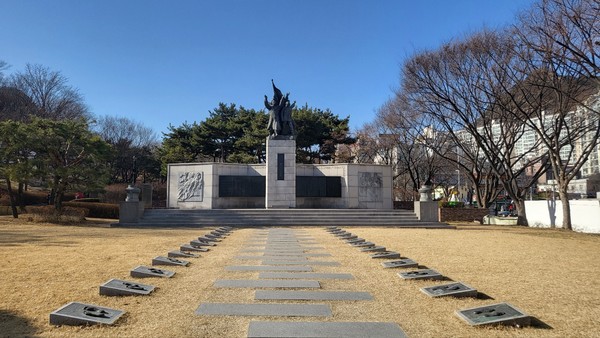
Another stop to make in the park is the Seodaemun Prison History Museum, which is constructed from the restored buildings of Gyeong-seong Prison and Seodaemun Prison. As a place where independence and pro-democracy activists were jailed and martyred, the place signifies the suffering and pain of Koreans during the modern period[4].
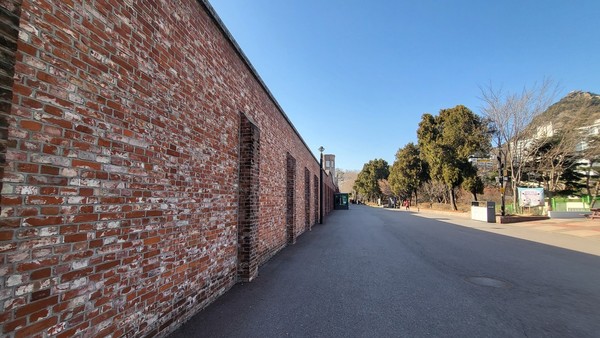

With these historic sites beautifully incorporated into the modern, busy city of Seoul, the blend between past and future, and the painful odyssey of Korea, lies evident at the Seodaemun Independence Park. Filled with people chilling by the bench, dogs on walks, and children running around here and there, the park offers an ironic, yet beautiful sight of Korea today.
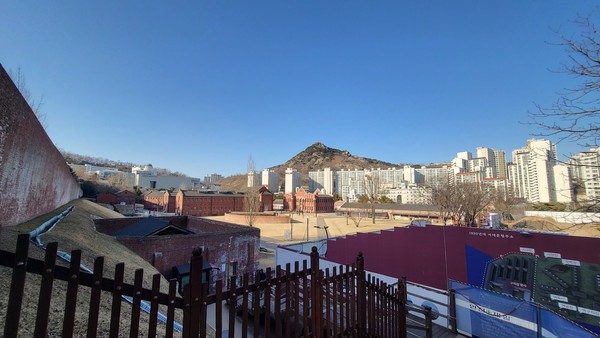
Paris Park
Paris Park in Yangcheon-gu was built in 1986 to commemorate the 100th anniversary of diplomatic relations with France. Featuring the replica of the notable monuments of France including the Eiffel Tower and the Paris-style buildings, one can experience a hint of Paris in the middle of Seoul.

The France-themed park is home to over 16,000 trees of different species[1], along with a rose garden filled with vibrant colors, intoxicating scents, and delicate textures around the spring. The presence of water fountains, walking trails, and monuments enhances the beauty of the park, making the stroll in the park even more enjoyable. There is also a basketball court, outdoor exercise area, and running tracks circling the park for sports activities, along with a pavilion for concerts and an outdoor theater for entertainment[5].
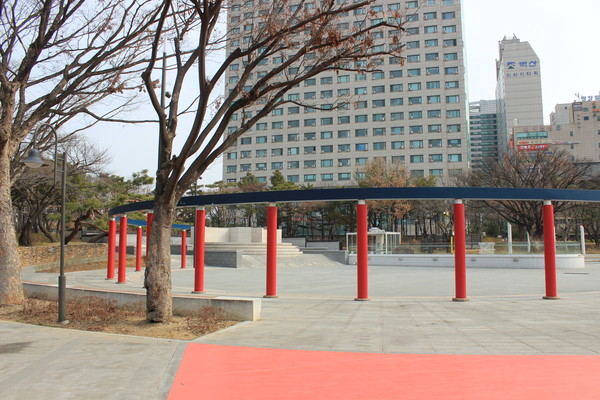


Seoseoul Lake Park
Located in the west end of Seoul, Seoseoul Lake Park is an eco-friendly park created with the theme of "water" and "renewal" at the old Sinwol Water Purification Plant in Yangcheon-gu[1]. While it started as Gimpo Water Purification Plant in 1959, it was renovated and reborn as a rest area for the first time in 50 years. Today, it records as the largest park in the southwest of Seoul with a total of 217,946m2[1].
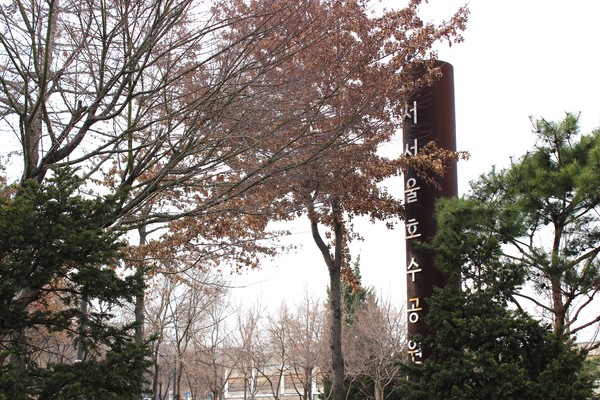
At the center of the park is the serene and peaceful artificial lake—from which the park is named after— calming the mind of metropolitans. One can feel the breeze of spring as they bike through the trails, and feel the sun as they indulge in a delightful picnic. It also keeps children entertained with playgrounds throughout the park. Beyond that, the park serves as a local oasis, as it provides a habitat for the plants and wildlife, making a perfect harmony of nature and man-kind.
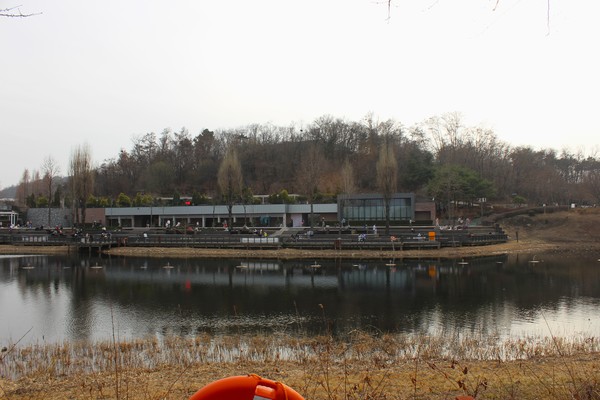
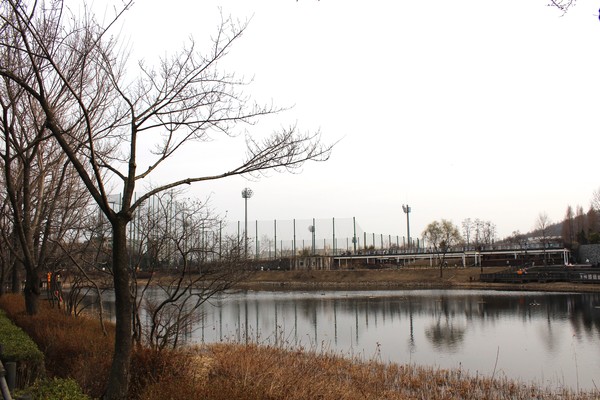
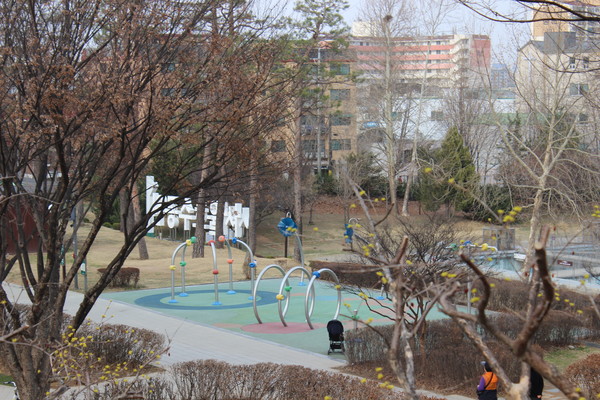
* * *
Parks are sanctuaries that provide an escape from the hustle of city life. It fosters a sense of community by commemorating the past, by simply enjoying today’s weather, and by preserving and protecting these vital spaces for tomorrow. With spring right around the corner, Seodaemun Independence Park, Paris Park, and Seoseoul Lake Park will be worth a visit—each providing a feeling of warmth, love, and pleasure—as it is the season of green trees and blossomed flowers.
[1] Seoul Metropolitan Government
[2] Korea Tourism Organization
[3] Cultural Heritage Administration
[4] Seodaemungu City Management Corporation
[5] Soul of Seoul

